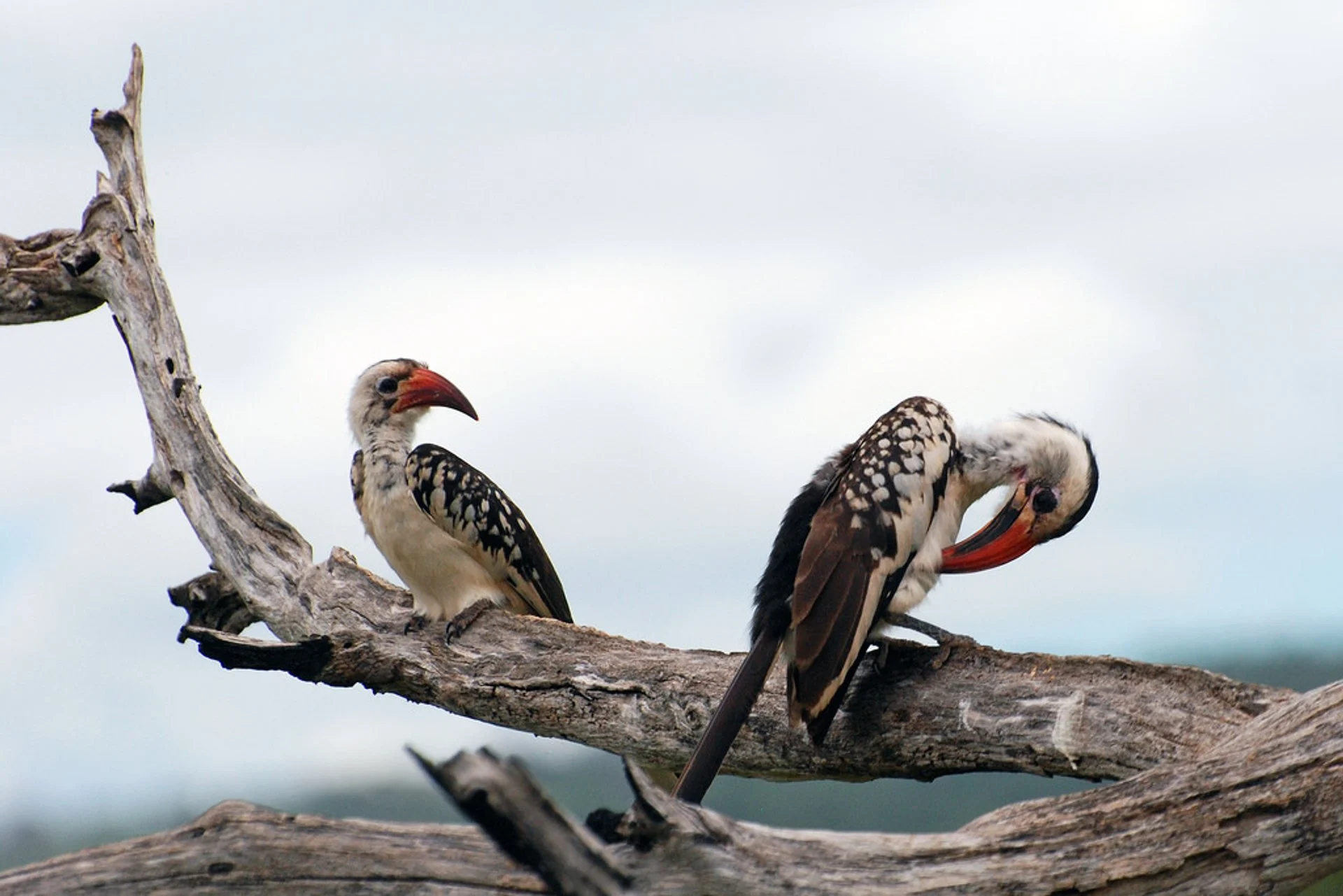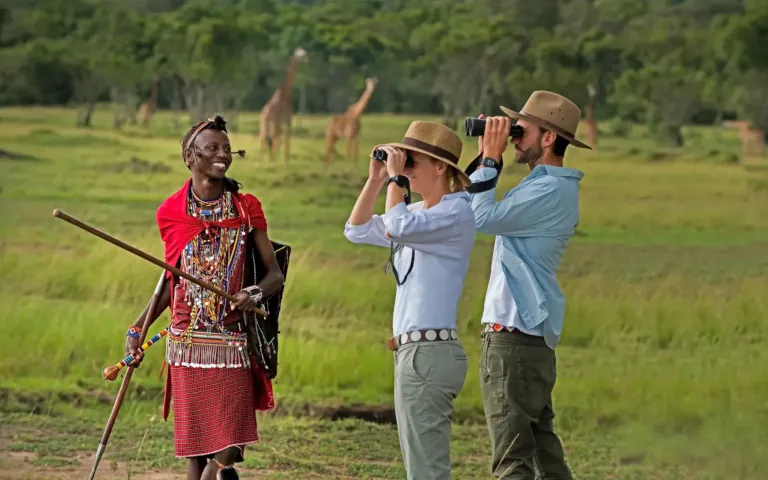Explore the wonders of Ngorongoro Conservation Authority, renowned for its breathtaking landscapes, diverse wildlife, and the iconic Ngorongoro Crater, a UNESCO World Heritage Site.
Ngorongoro Conservation Authority, situated in northern Tanzania, spans approximately 8,292 square kilometers. It encompasses the world-famous Ngorongoro Crater, grassy plains, dense forests, and volcanic landscapes, offering diverse habitats for wildlife. The area experiences a mild tropical climate, with rainy seasons from November to May and dry seasons from June to October. These variations create lush greenery during the wet months, providing ample grazing opportunities for animals, while the dry season offers clearer skies and excellent game viewing. Its location along the equator ensures relatively stable temperatures year-round, with average highs ranging from 25°C to 30°C (77°F to 86°F).
Ngorongoro Conservation Authority boasts rich biodiversity, harboring a myriad of wildlife species within its diverse habitats. The iconic Ngorongoro Crater, a UNESCO World Heritage Site, shelters an abundance of wildlife, including the Big Five – lions, elephants, buffalos, leopards, and rhinoceros. Additionally, the crater is home to numerous other mammals, such as wildebeests, zebras, hippos, and hyenas, creating a thriving ecosystem. Beyond the crater, the conservation area encompasses vast grasslands, woodlands, and montane forests, providing habitats for various bird species, including flamingos, eagles, and vultures. Visitors can marvel at the stunning landscapes while observing the natural wonders of this unique ecosystem.

Go on thrilling safaris to encounter Serengeti's iconic wildlife, led by experienced guides.

Soar above the Serengeti plains at sunrise, witnessing breathtaking views and wildlife from above.

Discover the park's rich birdlife, with over 500 bird species, including raptors, waterfowl, and migratory birds.

Enjoy sundowner cocktails at scenic viewpoints, witnessing stunning sunsets over the Serengeti landscape.

Capture the park's beauty and wildlife diversity with expert guidance on photography techniques and locations.

Indulge in a unique dining experience under the African sky, surrounded by the sounds of the wilderness.
We specialize in crafting personalized tours, offering immersive wildlife encounters and unforgettable experiences in Tanzania’s top national parks and reserves.